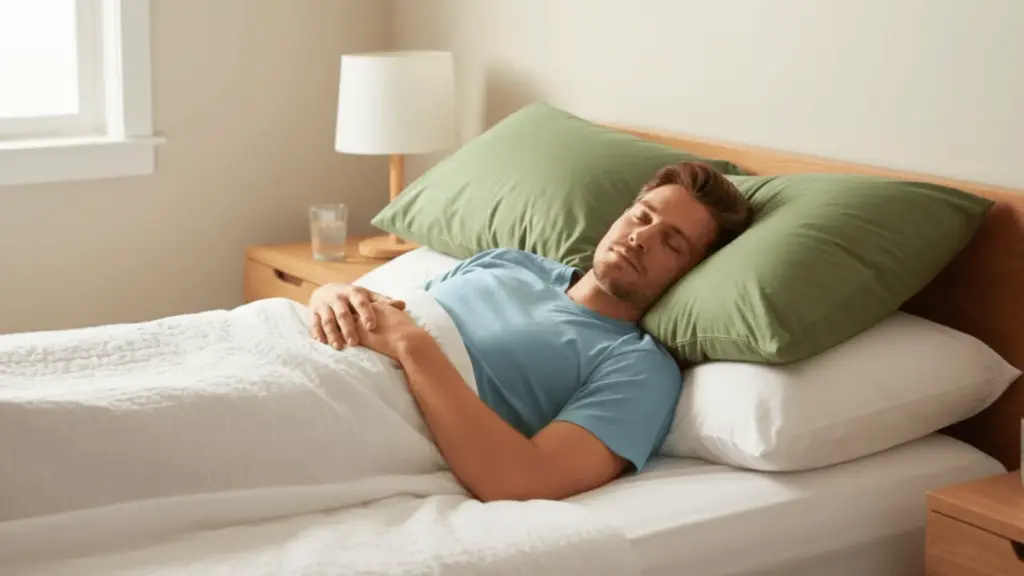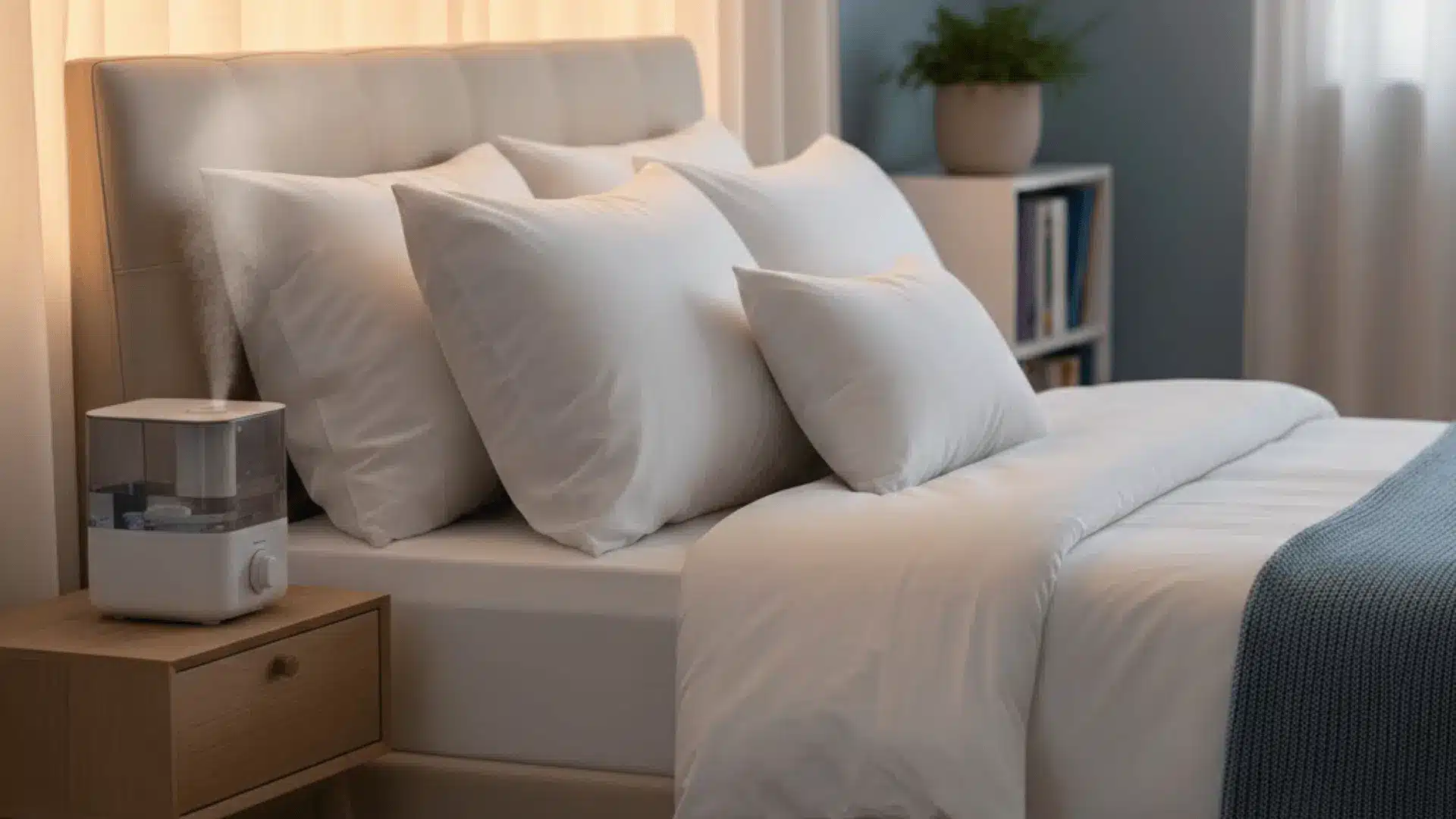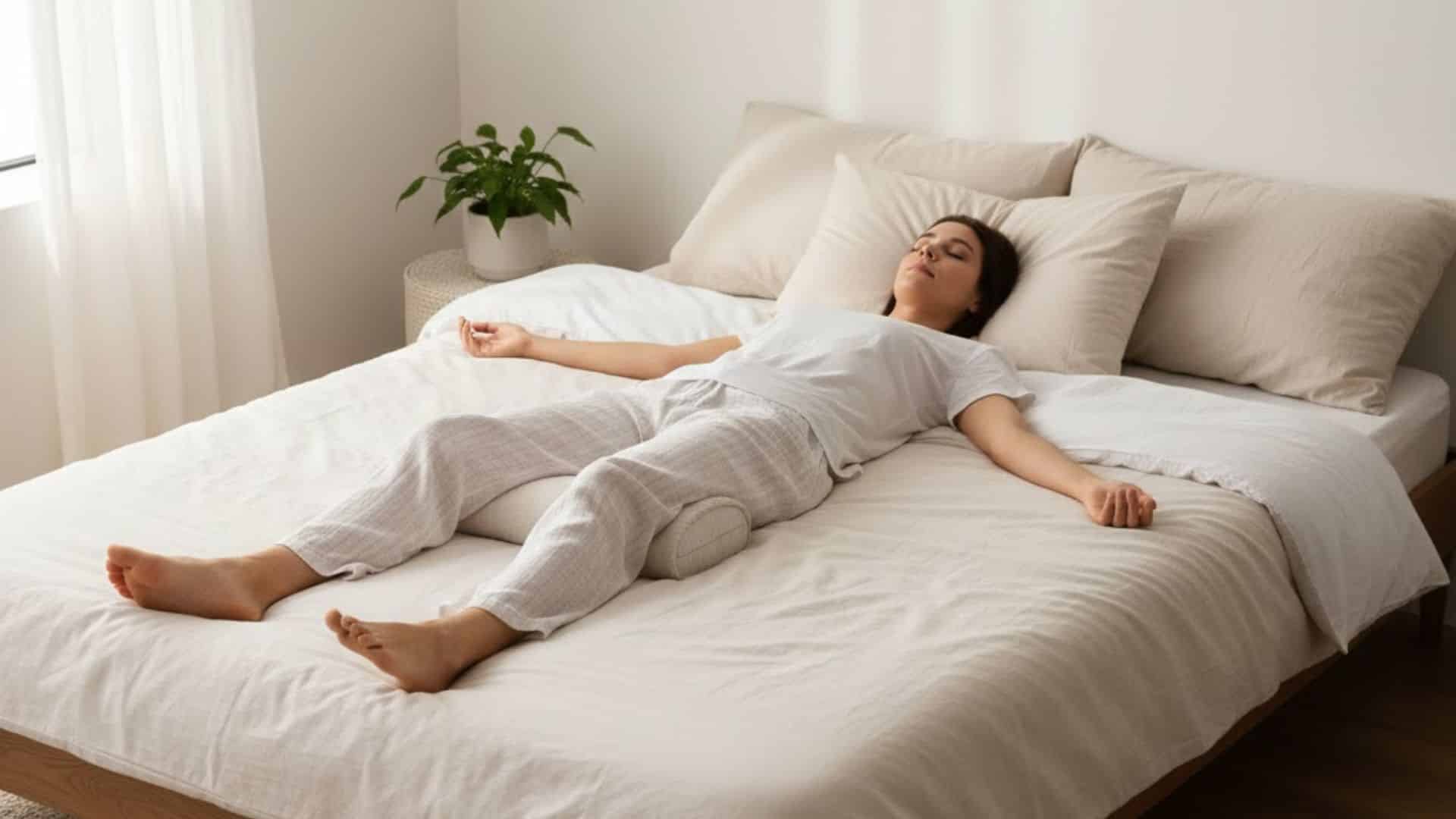Getting a two-year DOT medical card is important for many commercial drivers, but can you get a 2 year DOT medical card with sleep apnea? This is a question many people ask.
A diagnosis doesn’t automatically disqualify you, but it does mean you need to follow certain rules and show your condition is under control.
If you’ve been asking yourself this question, I’ll walk you through how sleep apnea is evaluated during a DOT physical, the treatment steps you should follow, and the documentation you’ll need.
By the end, you’ll know exactly how to meet the requirements, avoid delays, and keep your certification on track, so you can stay safe and stay on the road.
Understanding the DOT Medical Card and Sleep Apnea
A DOT medical card shows that you’re healthy enough to drive a commercial vehicle. It’s given after you pass a physical exam by a certified medical examiner.
One condition that may come up during this exam is sleep apnea, a disorder that causes you to stop and start breathing while you sleep.
This can lead to daytime drowsiness, poor concentration, and slower reaction times, which are particularly hazardous for drivers.
While the FMCSA doesn’t have a rule that automatically disqualifies drivers with sleep apnea, it does say that all drivers must be able to operate a vehicle safely. That means if your sleep apnea is untreated or not managed well, it could put your medical card at risk.
However, if you can demonstrate that you’re using a treatment like a CPAP machine and staying alert during the day, you may still qualify for a full 2-year card.
Can You Get a 2-Year DOT Medical Card with Sleep Apnea?

To qualify for a full 2-year DOT medical card with sleep apnea, you must demonstrate that your condition is being effectively treated and managed. That mostly comes down to using your CPAP machine regularly and having the correct documentation.
To give yourself the best chance at a full 2-year card, focus on meeting these key requirements:
- Use a CPAP machine every night: CPAP (continuous positive airway pressure) helps keep your airway open while you sleep. It’s the most common and trusted treatment for sleep apnea.
- Follow the 4-hour/70% rule: You must use your CPAP for at least 4 hours per night on 70% of nights, about 5 nights a week, to be considered compliant.
- Keep records for at least 30 days: Most medical examiners want to see CPAP usage data from the past 30–90 days. The longer and more consistent your use, the better.
- Bring the right paperwork: You’ll need a printed CPAP usage log, a machine report (from your device or app), and possibly a doctor’s letter confirming that your condition is under control.
- Make sure your data is current: The documents you show must be recent, no older than 30 days, and clearly show your regular CPAP use.
Meeting these requirements shows the examiner that your sleep apnea isn’t affecting your driving, giving you the best shot at a 2-year card.
Does Anyone Ever Pass a Sleep Apnea Test?
Yes, many drivers pass a sleep apnea test, especially if their symptoms are mild or they don’t meet the risk factors. The test itself isn’t something you “pass” or “fail” like a regular exam. Instead, it measures how often you stop breathing during sleep and the severity of your condition.
If your results show no sleep apnea or only mild symptoms that don’t affect your daytime alertness, you can be cleared for a DOT medical card without needing treatment.
Even if you’re diagnosed with moderate or severe sleep apnea, you can still move forward by starting treatment and showing compliance.
The key is not just the test results, but how well you manage the condition afterward. With regular CPAP use and proper documentation, many drivers with sleep apnea still qualify for a 1-year or 2-year DOT card.
DOT Physical Requirements for Sleep Apnea

If you have sleep apnea, passing your DOT physical depends on how well you manage the condition and how severe it is. Here’s what medical examiners usually check and the factors that could influence:
1. Do You Need a Sleep Study?
A sleep study might be required if the medical examiner notices signs of sleep apnea during your DOT physical. These signs could include loud snoring, obesity, daytime drowsiness, or a large neck size.
If you’ve never been tested but show symptoms, the examiner may issue a short-term card and ask you to complete a sleep study before granting full certification.
2. How Your Diagnosis is Evaluated
If you already have a sleep apnea diagnosis, the examiner will ask for proof that you’re managing it, usually through CPAP therapy.
If you’re diagnosed during the exam, you may receive a temporary certification and be asked to begin treatment and return with compliance documentation. In both cases, consistent treatment is crucial for progressing to a full 1- or 2-year card.
3. Severity Levels: Mild, Moderate, and Severe
The severity of your sleep apnea matters. Mild cases may not always require treatment or may get a full card if there are no other symptoms.
Moderate and severe cases usually need CPAP therapy or another form of treatment. The more severe your sleep apnea, the more closely your compliance and progress will be reviewed by the examiner.
4. What Medical Examiners Look For
There’s no official FMCSA rule that automatically disqualifies you for having sleep apnea. Instead, the decision is up to the medical examiner.
They’ll consider your treatment records, current symptoms, how well you’re functioning during the day, and whether your condition poses any safety risks while driving.
5. Other Health Conditions That May Affect Your Clearance
Sleep apnea isn’t always the only concern. If you also have other conditions like high blood pressure, heart disease, diabetes, or frequent daytime fatigue, these can make your case more complicated.
Medical examiners will consider the full picture to determine how long your certification should last or whether additional treatment is necessary before full approval.
Understanding how examiners assess sleep apnea and related conditions helps you appear prepared and confident. The better you manage your condition, the more likely you are to get a full 2-year DOT medical card.
What Happens If You’re Non-Compliant
If you’re not following your sleep apnea treatment plan, it can affect your DOT certification. Here’s what might happen:
- Shorter certification period: You may only get a 90-day or 1-year DOT medical card instead of the full 2 years. This gives you time to show you’re following the treatment.
- Risk of denial or referral: If you’re not managing your condition or showing signs of fatigue, the examiner may refer you to a sleep specialist or deny your certification.
- Steps after denial: Start or restart your CPAP therapy right away. Use it consistently for 30 to 90 days before reapplying.
- Keep usage records: Track your CPAP use daily and bring updated documentation to your follow-up exam.
- Not permanent: Being non-compliant now doesn’t mean you’re disqualified forever, but you must prove your condition is under control to get certified again.
Staying consistent with your treatment is the best way to avoid setbacks and keep your certification on track.
Conclusion
Getting a 2-year DOT medical card with sleep apnea is possible as long as you follow your treatment plan and bring the right proof to your exam.
Now that you know what examiners look for, you can take the right steps to stay compliant and protect your certification.
Now you know how sleep apnea is diagnosed, how to manage it with CPAP therapy, and what documents you need to bring.
If you’re still asking, can you get a 2-year DOT medical card with sleep apnea? The answer is yes, but with the right care and planning.
Check out my other related blogs on driver health, safety standards, and certification tips for more helpful tips on staying healthy and meeting commercial driving requirements.









